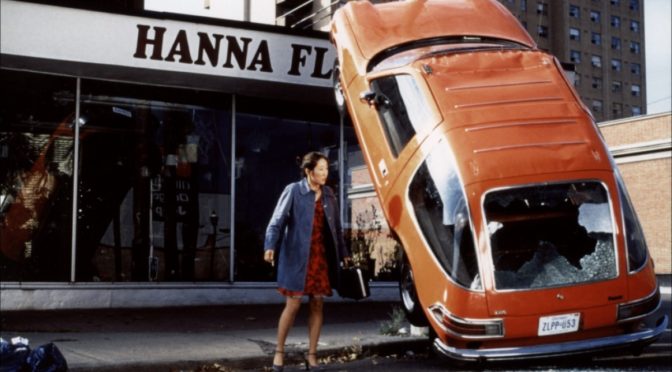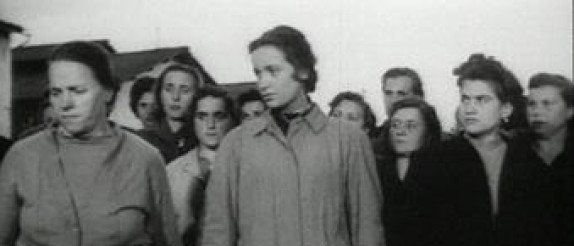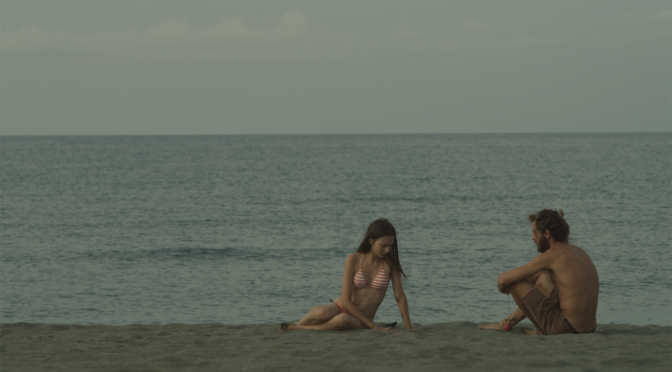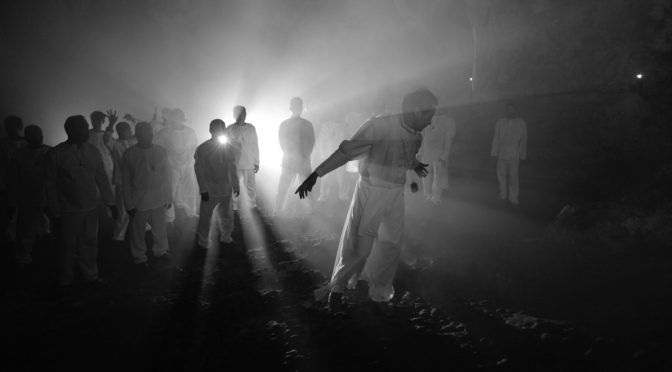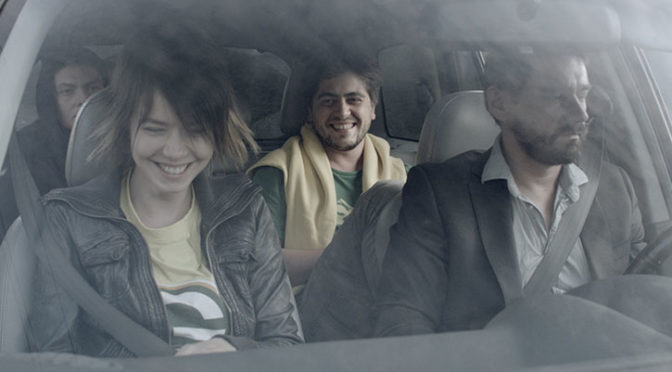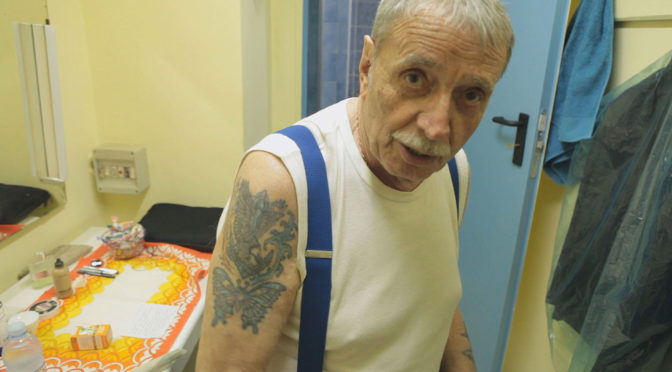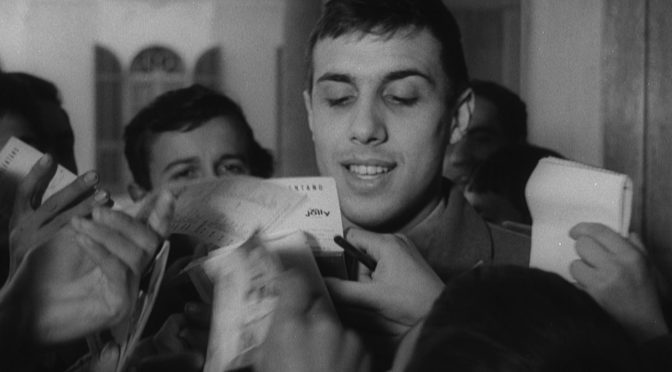Versione inglese a cura del Master in Traduzione per il Cinema, la Televisione e l’Editoria Multimediale
Article by: Camilla Lasiu
Translation by: Silvia Restelli, Chiara Tomasetta
1998 is the year of a couple of apocalyptic films: Armageddon and Deep Impact. In the same year, however, Last Night, Don McKellar’s first full-length film was presented at Cannes and has been introduced in this year’s edition of the Torino Film Festival in the Things to come section.
The countdown to the end of the world has just started and everybody is striving to realise their last wishes or to organise a Christmas dinner with their loved ones. Patrick Wheeler (played by McKellar himself) just wants to be left alone, waiting for the world to end. All is ready and time is running out fast when on Patrick’s last day Sandra arrives (played by Sandra Oh). Love has never been so close and it will not leave him until the end. Sandra and Patrick are wandering in the desperate look for a car, ignoring the truth: instead of being almost over, as they seem to believe, their time has actually just started. None of them has ever been so close to somebody else’s soul. They both feel the need to be together, with their guns loaded but looking straight into each other’s eyes.
Continua la lettura di “Last Night” by Don McKellar →



